People love spring for so many reasons—it's like the world wakes up after a long nap, and we all get to enjoy the energy and beauty that comes with it.
Here are some of the big reasons people love spring (and kids totally feel this too!):
🌸 New Beginnings & Fresh Starts
- Spring feels like a clean slate. Plants grow, animals come out of hibernation, and people often feel recharged and ready to start new things.
- It's a time when hope and possibility are in the air. People get inspired to try something new, like hobbies or goals.
☀️ Longer Days & Warmer Weather
- More sunlight and warmer temps make people happier! Sunshine helps boost mood (thank you, Vitamin D!) and gives us energy to get outside.
- After being cooped up in winter, everyone loves the chance to play, exercise, and explore without bundling up.
🌱 Nature Comes Alive
- Flowers bloom, trees bud, and everything turns green again. People love seeing colorful flowers and hearing birds chirping.
- Baby animals are everywhere—lambs, chicks, ducklings—which makes spring feel full of life and cuteness.
🐣 Holidays & Traditions
- Spring brings fun celebrations like Easter, Passover, Earth Day, and May Day. These often include family time, traditions, and festive foods.
- Many cultures celebrate renewal and gratitude for the earth during spring festivals.
🚴♂️ More Outdoor Fun
- People get back to gardening, hiking, biking, and playing sports.
- Families and friends have picnics, go camping, and spend more time outside.
🧹 Spring Cleaning (Yes, Some People Love That!)
- Spring is often linked with decluttering and cleaning, which makes homes feel fresh and organized.
- It’s satisfying to clear out the old and make room for the new.
😊 Mood Boost
- There's actual science behind it—more daylight helps our bodies feel better.
- People are generally happier, friendlier, and more motivated in spring.
Spring is such an awesome time for learning because kids are already energized by the warmer weather, blooming nature, and the sense of renewal. They tend to enjoy activities that tap into that excitement.
Here are some types of learning they usually love in spring:
1. Outdoor Learning
- Nature walks and scavenger hunts: Kids love exploring outdoors, collecting leaves, flowers, bugs, etc.
- Gardening projects: Planting seeds and watching them grow ties in science and responsibility.
- Weather experiments: Exploring rain, clouds, and wind through simple science activities.
2. Hands-On Activities
- STEM challenges: Building kites, mini greenhouses, or bug hotels.
- Art with nature: Leaf rubbings, flower pressing, or creating nature collages.
- Water play: Simple experiments with water (floating/sinking) or sensory bins.
3. Thematic Units
- Life cycles: Butterflies, frogs, and chicks are classics! Kids love seeing transformations.
- Earth Day and sustainability: Recycling crafts, learning about the planet, and eco-friendly practices.
4. Seasonal Stories and Writing
- Spring-themed books (stories about animals waking up, gardens growing).
- Writing poems or stories about spring adventures or favorite outdoor activities.
5. Movement and Games
- Outdoor math games like hopscotch multiplication or nature-inspired counting games.
- Spring-themed obstacle courses or relay races.
6. Sensory Learning
- Sensory bins with seeds, dirt, and plastic bugs.
- Exploring textures and smells from spring (flowers, grass, soil).
Check out my free word search for Spring.
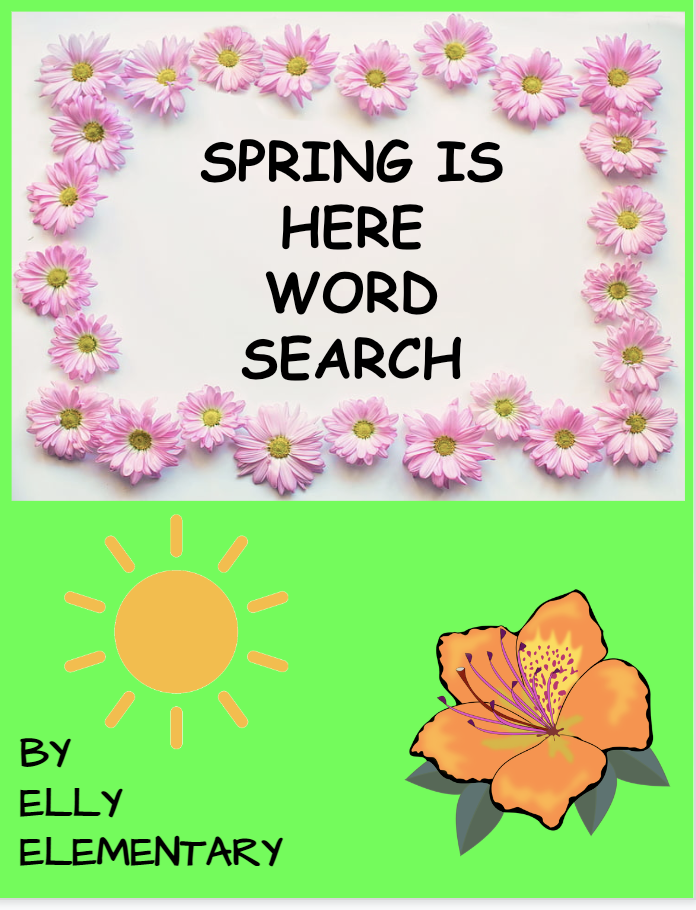 .
.
Here are some ideas that would be great for 1st through 3rd graders.
🌸 Outdoor Learning & Science Exploration
- Planting Projects: Let them plant fast-growing seeds (like beans or sunflowers). They can measure growth and chart it over time—ties in math and science.
- Bug Hunts & Observation: Give them magnifying glasses and bug jars. Then they can journal their findings, draw diagrams, or even create “bug fact files.”
- Weather Watchers: Start a daily weather chart or build a simple rain gauge. They can track temperature, wind speed, and rainfall.
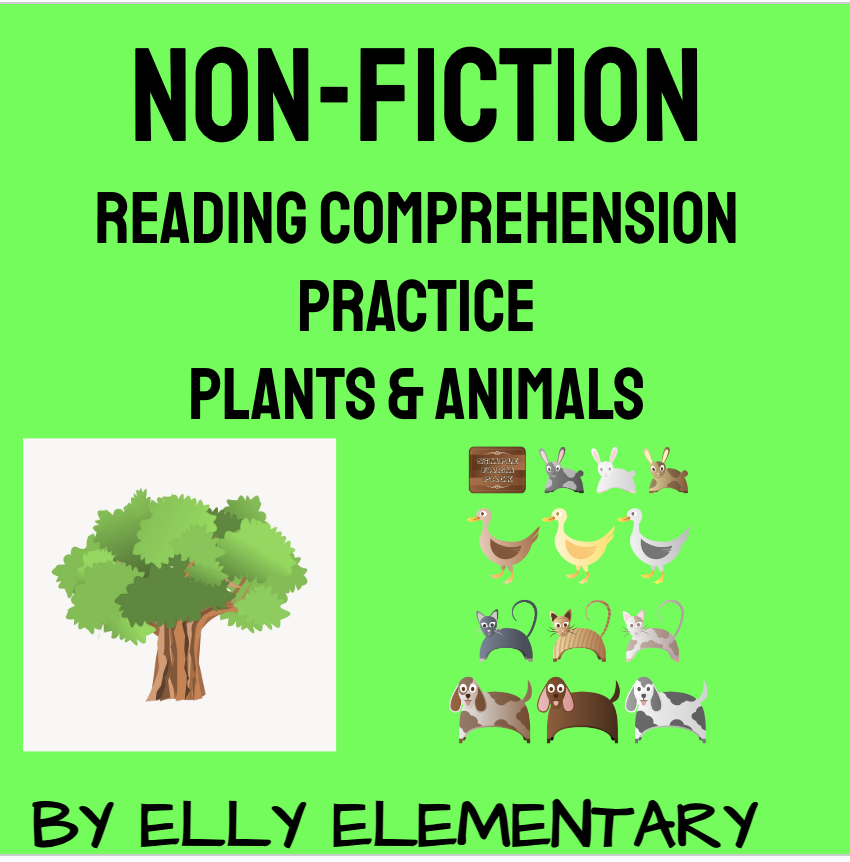
🦋 Life Cycles & Nature Studies
- Butterfly or Ladybug Kits: Watch metamorphosis happen in real-time. They can document each stage, write about it, and even present their findings.
- Frog Life Cycle Crafts: Hands-on sequencing activities (life cycle wheels, flipbooks) make learning stick.
🎨 Spring-Themed Art & Writing
- Nature Art: Press flowers to make bookmarks or create leaf creatures.
- Spring Poetry: Introduce simple forms like acrostic or haiku with spring themes—flowers, rain, animals.
- Creative Writing Prompts:
- "If I were a raindrop, I would..."
- "What would it be like to live in a garden?"
- "Design a new type of flower."
🌍 Earth Day & Sustainability
- Recycled Art Projects: Turn recyclables into bird feeders, planters, or wind chimes.
- Classroom Composting: Teach about decomposition and responsibility by starting a small compost bin.
- Earth Superheroes: Have them create a superhero who saves the planet and write a comic strip about their adventures.
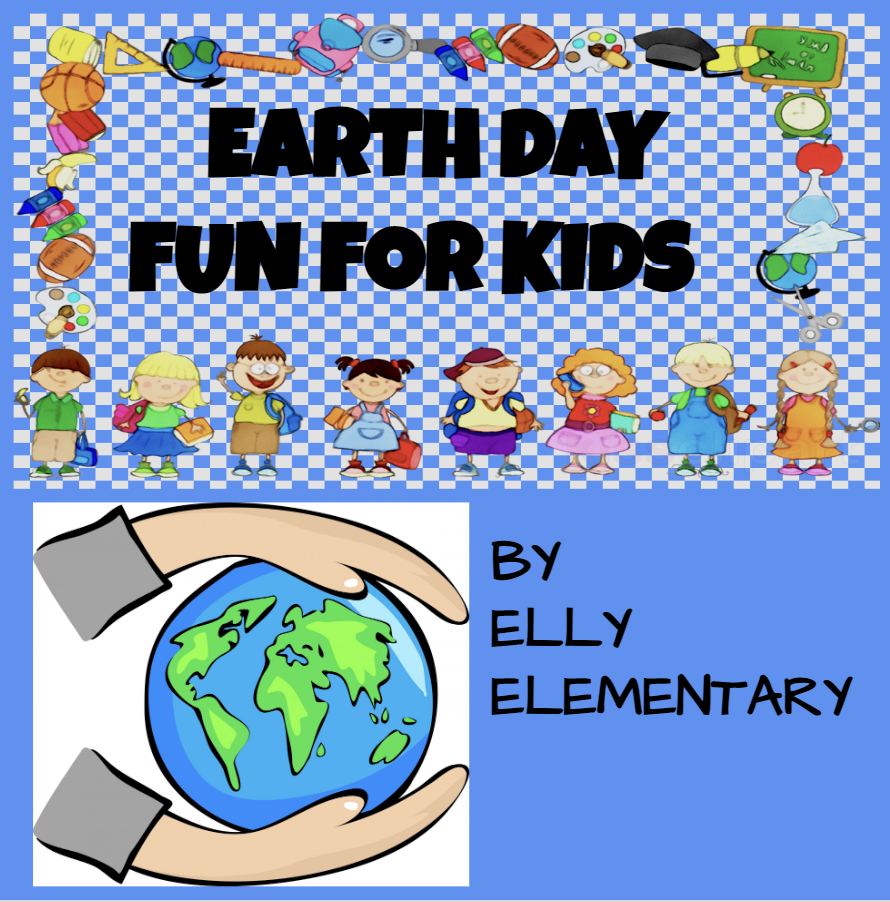
➗ Spring Math Fun
- Garden Math: Use pretend seeds and garden plots to practice addition, subtraction, and multiplication.
- Measuring Plants: Real or paper plant “growth” they can measure in centimeters/inches and graph over time.
- Spring Word Problems: Create fun math problems about planting flowers, buying garden tools, etc.
🐞 Movement & Games
- Spring Scavenger Hunt: Clues can include math problems or spelling words to solve as they go.
- Outdoor Relay with Learning Stations: They run to a station, solve a math fact or answer a question, then race back.
- Kite Flying & STEM: Build simple kites, then go fly them. They’ll love experimenting with wind and design tweaks.
Easter and Passover both offer rich opportunities to tie in cultural learning, storytelling, history, and fun hands-on activities—plus they naturally connect with spring themes like renewal, freedom, and new beginnings. For 2nd-3rd graders, you can keep things respectful, educational, and engaging, whether you're in a public school setting or a more faith-based one.
Here are some ways to thoughtfully incorporate Easter and Passover into spring learning:
🌿 Cultural Learning & Social Studies
- Holidays Around the World: Spring Edition
- Teach how different cultures celebrate spring. Highlight Easter, Passover, and even others like Holi or Nowruz. Compare traditions, foods, and symbols.
- Create a Venn diagram comparing Easter and Passover (themes, foods, traditions).
- Storytelling Time
- Passover: Read age-appropriate versions of the Exodus story. Focus on themes of freedom and overcoming challenges.
- Easter: Share stories focusing on themes like renewal, hope, and new life. In secular settings, focus on symbols like eggs, bunnies, and springtime renewal.
🎨 Arts, Crafts, and Symbol Exploration
- Passover Crafts
- Make paper Seder plates and talk about each symbolic food.
- Craft matzah covers from fabric or paper.
- Create Frogs for Passover (frogs are a fun, kid-friendly nod to the plagues).
- Easter Crafts
- Decorate paper eggs with patterns and symmetry (math tie-in!).
- Create Easter baskets and incorporate measurement (how many eggs fit inside?).
- Make bunny masks or spring wreaths with flowers and pastel colors.
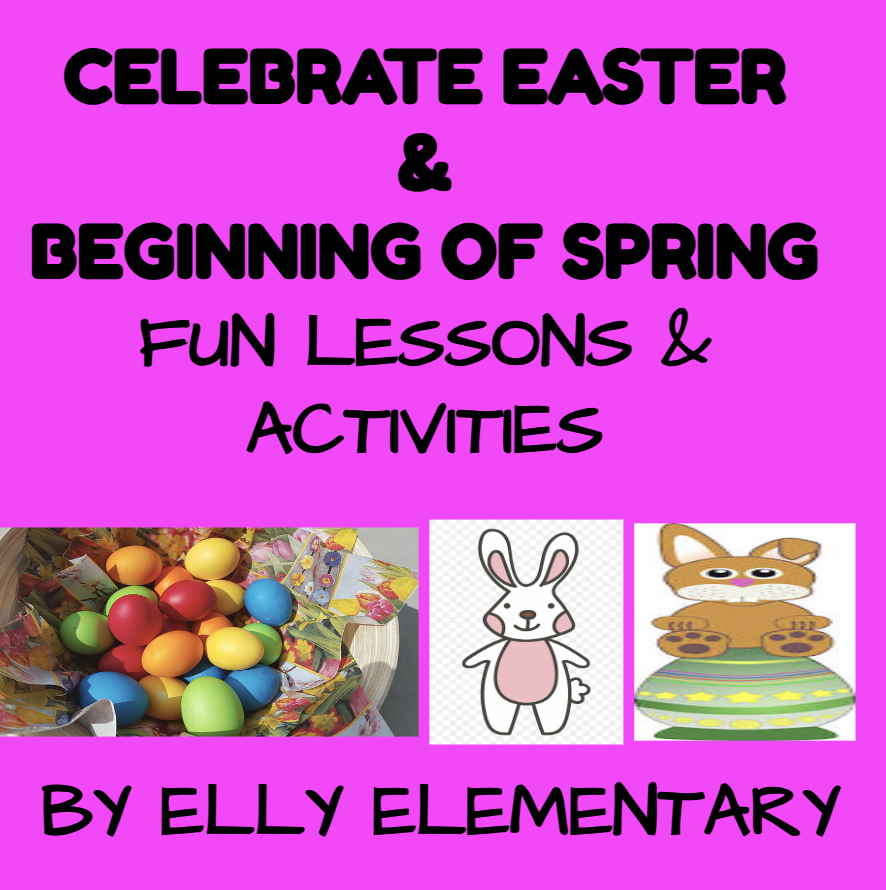
📝 Literacy and Writing Activities
- Passover Story Retelling: Have students write or draw their own version of the Exodus story, focusing on the concept of freedom.
- Easter Story Writing: Write about “What if I were the Easter Bunny?” or create spring adventure stories about animals awakening after winter.
- Acrostic Poems:
- "PASSOVER" (P is for... etc.)
- "EASTER" or "SPRING"
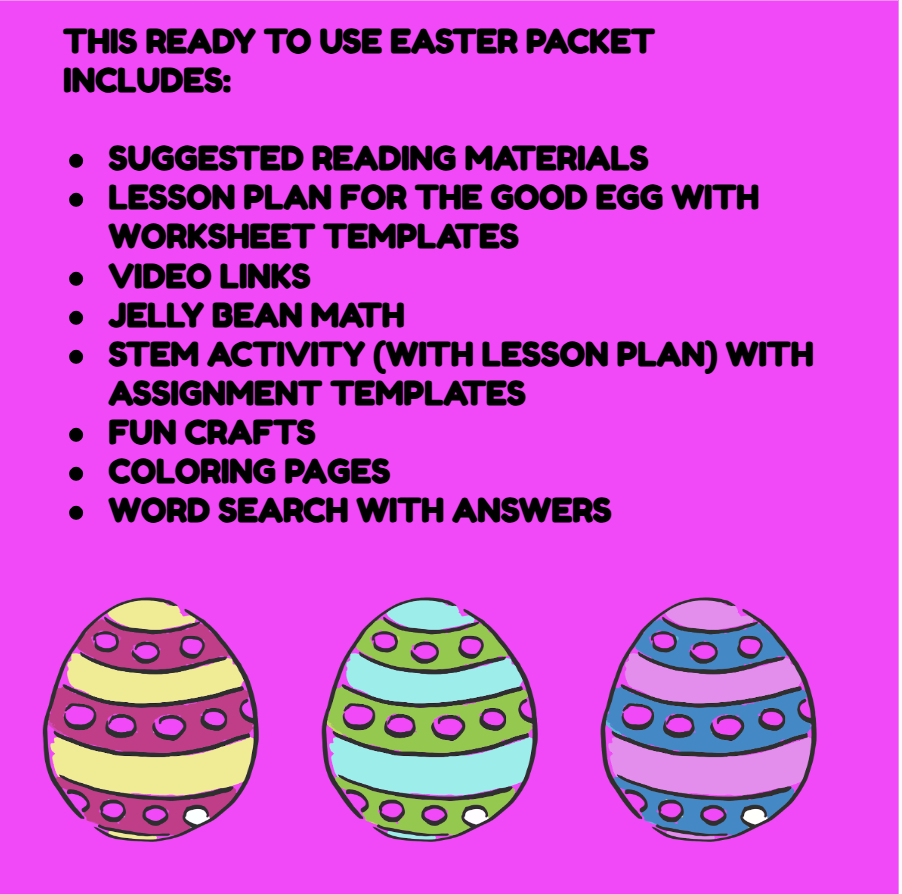
🍎 Food and Culture
- Passover Food Tasting: If possible, offer a sampling of matzah, apples (charoset), or grape juice. Discuss the significance of each.
- Easter Traditions: Talk about why eggs and lambs are traditional foods in some Easter meals.
- Cooking Math: Share simple, no-bake recipes (like charoset for Passover or chocolate nests for Easter) and have kids measure ingredients.
🔢 Math Connections
- Egg Hunt Math: Hide eggs with math facts inside. They solve the problem and collect points.
- Seder Plate Fractions: Divide a Seder plate into fractions. “What fraction is matzah?”
- Patterning with Symbols: Use eggs, frogs, lambs, or flowers to create and extend patterns.
🎶 Music & Movement
- Passover Songs: Teach fun songs like “Dayenu.” Add simple hand motions or percussion instruments.
- Easter Action Songs: Bunny hop races, or songs with movements (like "Here Comes Peter Cottontail").
- Frog Jump Relay: Inspired by the frogs in Passover stories, make a hopping race!
🌼 Themes of Renewal and Freedom
Both holidays celebrate new beginnings, so you can tie them into:
- Growth mindset lessons: What new things are you learning or trying this spring?
- Plant life cycles: Seeds starting fresh, connecting to themes of freedom (Passover) and rebirth (Easter).
What is your favorite part of Spring? Comment below
Check out my store, Elly Elementary, for all your K-5th grade curriculum needs. I have resources for many of your Spring curriculum areas that your class will love.
Join me on Facebook and Instagram. Let me know if you are looking for anything in particular. (Email: ellyelementary@gmail.com)


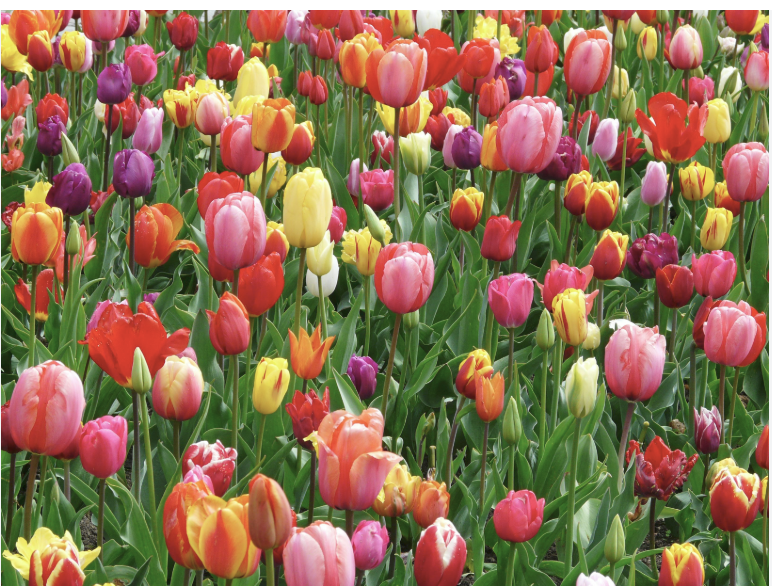
Comments ()